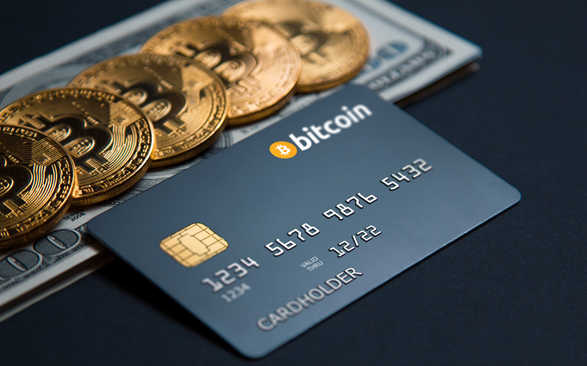by Dainis Tka
Decentralized, secure, and seamless. But if you’ve ever tried making a crypto payment, you know the reality isn’t so simple.
Here’s why the adoption of crypto as a mainstream payment method still faces serious roadblocks:
Price Volatility
Imagine agreeing on a payment, only to have the value shift dramatically before it’s confirmed. For traders, volatility is thrilling. For businesses? It’s a nightmare. Pricing goods, setting up consistent payments—nearly impossible when the value is constantly fluctuating. (And yes, I know we can use stablecoins, but those are currencies pegged to Fiat..)
Complex Transaction Flow
Ever felt anxious copying and pasting a long wallet address, triple-checking every character? One mistake, and your funds could disappear forever. Plus, understanding and managing gas fees adds another layer of frustration. Crypto transactions are far from user-friendly.
Security Risks
While blockchain is secure, the process of transferring crypto isn’t. Without verification for wallet addresses, you could be sending funds to a scammer instead of your intended recipient. And once a mistake is made, it’s irreversible. The risk is real.
Lack of Automation
Recurring payments? Milestone-based disbursements? Forget it. Most crypto systems require manual steps for each transaction, making complex or regular payments a hassle for businesses.
Operational Complexity for Businesses
Businesses face additional challenges, from managing private keys to navigating varying regulations. Integrating crypto with existing financial systems while managing unpredictable gas fees? That’s a tough nut to crack.
Opaque Addressing and Transaction Details
Traditional financial systems have identifiable entities and clear transaction details. Crypto relies on pseudonymous addresses, making it tough to verify recipients, understand transactions, or resolve disputes.
The Bottom Line
For crypto to move from a speculative asset to a true alternative in traditional finance, these issues need solutions. We need better user interfaces, stronger security measures, automation tools, and effective ways to bridge crypto with traditional finance.
Can you relate to these issues? Where do you see the biggest hurdles in crypto payments?
Dainis Tka is the Co-founder and Chief Growth Officer, Cheqs. The piece above was first published by the author as a Linkedin post.
Discover more from Crypto Asset Buyer
Subscribe to get the latest posts sent to your email.




